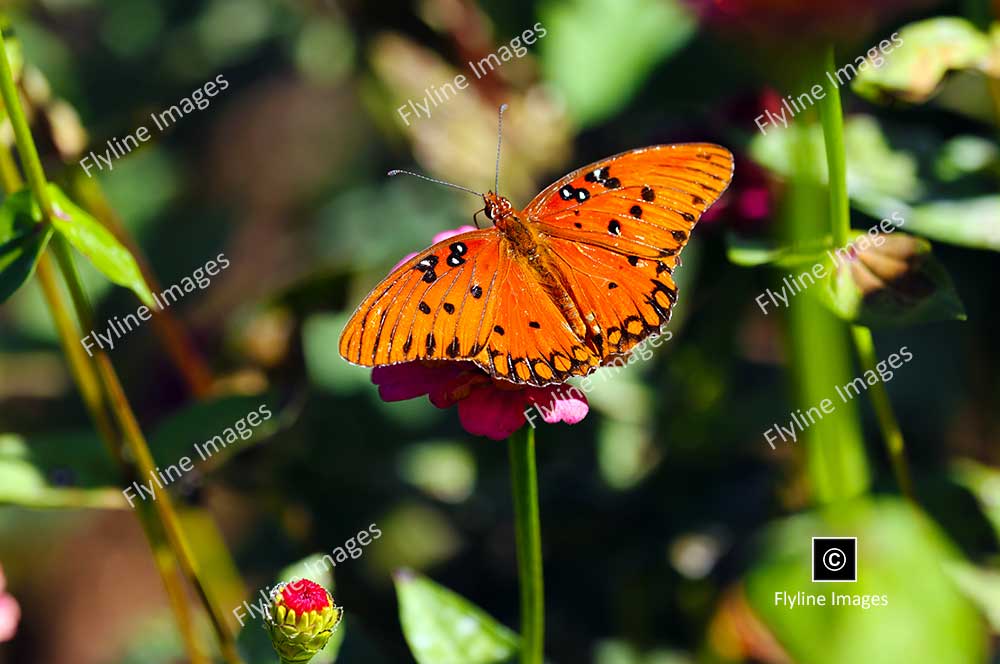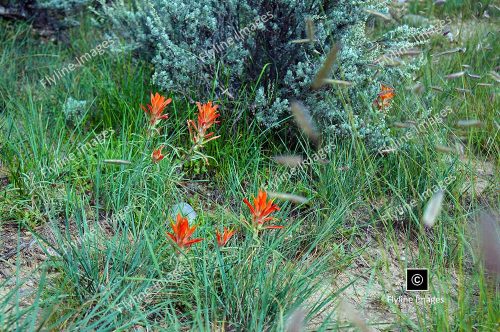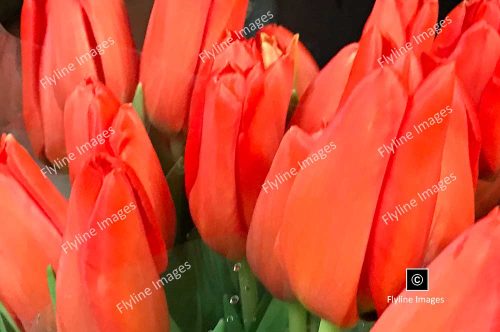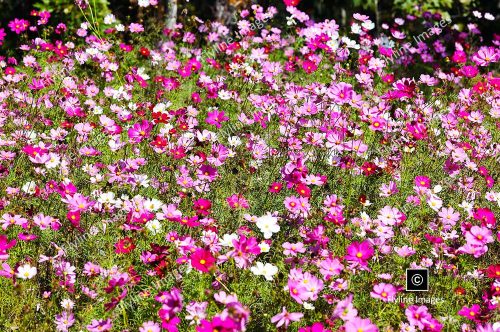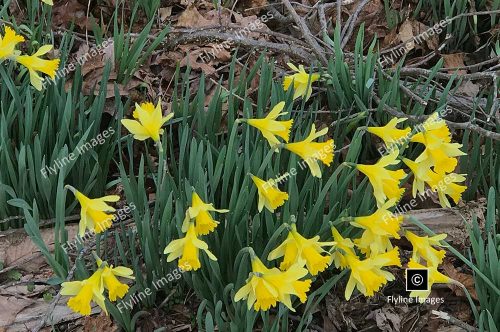Each year, the monarch butterflies embark on an awe-inspiring migratory journey that spans thousands of miles from Canada to Mexico, with a significant path passing through Georgia. During this incredible migration, one of their pit stops is at Gibbs Gardens, a beautiful location where these vibrant creatures can be observed fluttering among the blooms.
Monarch Butterfly CAN 1859
$10.00
Description
Each year, the monarch butterflies embark on an awe-inspiring migratory journey that spans thousands of miles from Canada to Mexico, with a significant path passing through Georgia. During this incredible migration, one of their pit stops is at Gibbs Gardens, a beautiful location where these vibrant creatures can be observed fluttering among the blooms. The gardens provide a lush and welcoming environment, rich in nectar sources, which sustain the monarchs as they navigate this exhaustive trek. This stopover is not only essential for the butterflies’ survival, allowing them to rest and refuel, but also offers an extraordinary spectacle for visitors who get to witness their beauty and learn about their vital role in the ecosystem.
As the monarchs make their way through Georgia, they are not only passing through a beautiful landscape, but also an important part of their journey. The state is home to a variety of nectar-rich flowers that provide essential nourishment for the butterflies. In addition to Gibbs Gardens, other popular locations for observing monarchs include Piedmont Park and Callaway Gardens.
But why do these butterflies travel such long distances each year? This incredible migration is driven by survival instincts and reproductive needs. Monarchs from eastern Canada and the United States fly south to overwinter in Mexico, while western monarchs migrate to California. These journeys allow them to escape harsh weather conditions and find ideal places for breeding.
The conservation of monarch butterflies is crucial, not only for the survival of this beautiful species but also for maintaining the balance in our ecosystem. The increase in pesticide use and loss of habitat have had a significant impact on the population of monarchs, making their journey more challenging each year. Therefore, it is essential to educate ourselves and take action to protect these magnificent creatures.
One way we can help is by planting milkweed, which is the primary food source for monarch caterpillars. Introducing native plants and avoiding the use of pesticides in our gardens can also provide crucial habitats for other pollinators like bees and birds.
In addition to supporting their physical needs, we can also contribute to citizen science efforts aimed at tracking monarch populations and their migratory routes. By reporting sightings and participating in tagging programs, we can help researchers better understand the patterns and challenges faced by these butterflies.
The annual monarch migration through Georgia is not only a natural wonder but also a reminder of our responsibility to protect and preserve the delicate balance of our environment. So next time you visit Gibbs Gardens or any other location where monarchs gather, take a moment to appreciate the beauty and significance of these tiny creatures and consider how we can all play a part in ensuring their survival for years to come. So let’s continue to appreciate and protect the monarch butterflies as they continue on their incredible journey across Georgia every year.
Image & Download Information
For this product, we have provided 3 image size options, Large 4000 x 2500, Medium 2000 x 1250 and Small 1000 x 625. When you purchase this photo, you will receive an email confirmation of your order. That email will summarize your purchase and provide you with the download links for the images and videos you purchased.


